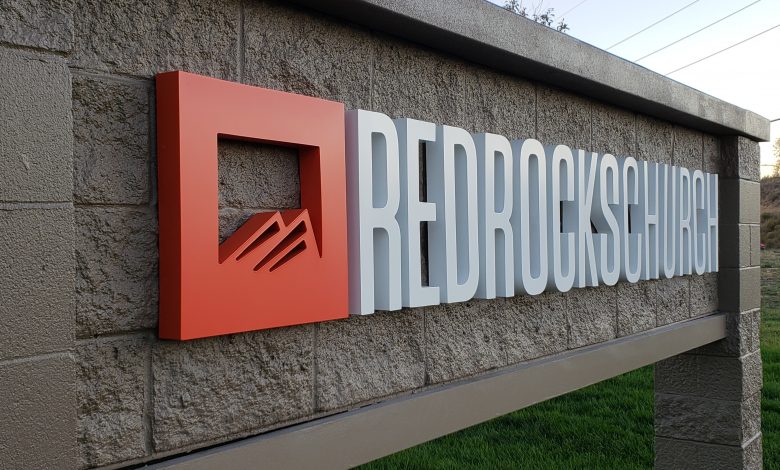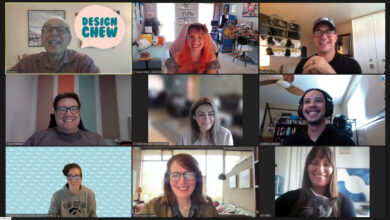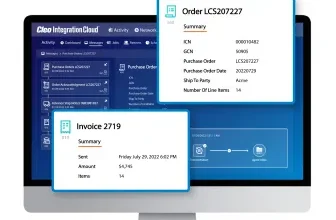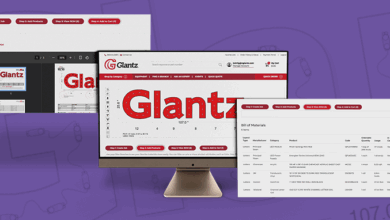
Technology has been a considerable driver in advancing the LED market, which, in turn, has developed a need for halo-lit signage. As is typical with advancements in any industry, a problem is recognized, and a solution is developed. Illuminated signage is not without its challenges. There could be electrical failures, manufacturing or installation imprecision, or other obstacles to hurdle. With halo-lit signage, many of these problems have been addressed, as highlighted here:
PROBLEM: Neon came first and is a traditional lighting method
SOLUTION: LED provides more versatility, efficiency, and overall benefits
Some businesses or potential customers will still cite the fact that they always use neon, and they enjoy the look of it, which can’t be matched. Never mind that it is less efficient and bulkier than its LED rival.
Neon is delicate, and it doesn’t take much to break a bulb or tube when handling it.
“Neon damage in shipping was always a nightmare,” says Kip Husk, president, Husk Signs, a division of Husk Companies, Inc. “LEDs allow for a shallower application as well. With neon, you always had to worry about grounding in shallow two to three-inch deep letters.”
The versatility and ability of LEDs to fit in tighter spaces to create a sleeker look are unmatched. This has led to more elaborate styles and creative appearances in letter projects.
“Most neon halo-lit channel letters require a minimum of five-inch returns (sides) and an approximate minimum of a two-inch to three-inch stroke width on the font style, to house the neon inside the letters,” explains Brad Camp, president, Royal Signs, Inc. “LEDs have allowed the introduction to much smaller halo-lit letters and many more lettering styles due to the reduction in stroke and return size required to house the LEDs. This has opened up halo-lit letters to be utilized in more situations, like interior applications such as reception area/lobby signs, storefront identification, displays, etc.”
Regarding the stroke width, the popularization of LEDs in channel letters has allowed for much more manageable strokes while still being thin.
“Too thin of a stroke (less than 1-1/4 inch) will make any letter difficult to build and look well,” explains Husk. “We normally recommend increasing the stroke width above 1-1/4 inch to assure good lighting, as well as good spacing for installation and pass-through electrical holes.”
Additionally, “Improvements in LED lens technology disperses the light more widely and evenly over a short distance,” says James Cross, VP Signage Division, SDS Automation.
PROBLEM: Channel letter installation requires too much precision, and the cost is too high to implement new processes
SOLUTION: Precision and accurate installation is accomplished through new equipment and technology which will bring a return on investment
More often than necessary, sign makers will decline a job because it’s perceived as “too hard’ or they think they’ll lose money on it. Or worse, they are afraid they’ll fail due to imprecisions in their work. With all that’s available today, this sentiment should be null.
“Building high-quality halo-lit letters requires a great deal of precision. Otherwise, the amount of additional hand-finishing becomes too costly. Poor precision drives up labor costs and quickly consumes already tight margins,” Cross outlines. “Most companies who operate older generation or poor-quality letter forming machines cannot form halo-lit letters from .063 because the machines are just too inaccurate. Most companies with this old, poor quality equipment actually still bend halo letters by hand because its less work than trying to fix the sloppy results from their antiquated bending machines.”
But there is light at the end of the tunnel. Cross adds, “This is no longer a necessity. However, because newer, precision manufactured bending machines are so precise that the letter faces do not require flush-trimming.”
There are other resources and products available that lend to greater precision in these projects such as LED design software, bending/cutting tools and accessories, and more. Manufacturers and distributors are more than happy to offer assistance.
PROBLEM: Choosing the wrong background negates the impact of the halo light
SOLUTION: The right backgrounds are available as a natural part of the wall or an added piece in the project

“One common error is failing to consider or choose the correct background,” states Dion Flaska, project manager at Gemini Signs Inc. “Shiny surfaces will reflect the light without diffusing and show each module instead of a soft, halo glow.”
Choosing the wrong background is not the first thing sign makers consider when executing this work. When all of the concentration is put on the lighting, fabricating, and installing, there isn’t much room for thought about what goes behind the letters. Though, that doesn’t make the background any less critical.
“When mounting halo-lit letters to a shiny background, close attention must be paid to what the back of letters look like when lit up as the shiny background acts as a mirror, which could reflect the individual LEDs, like twinkle lights, unless a diffuser is utilized,” Camp offers. “Many times, shiny backgrounds are not a good fit for halo-lit letters.”
According to Flaska, “Matte surfaces or masonry type surfaces work well with halo-lit signage.”



